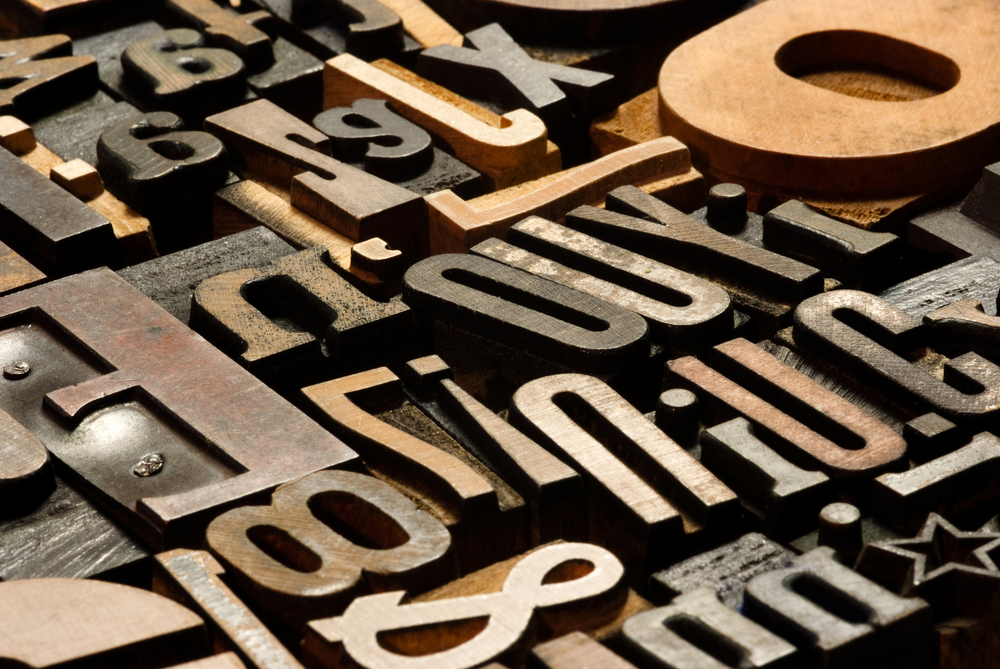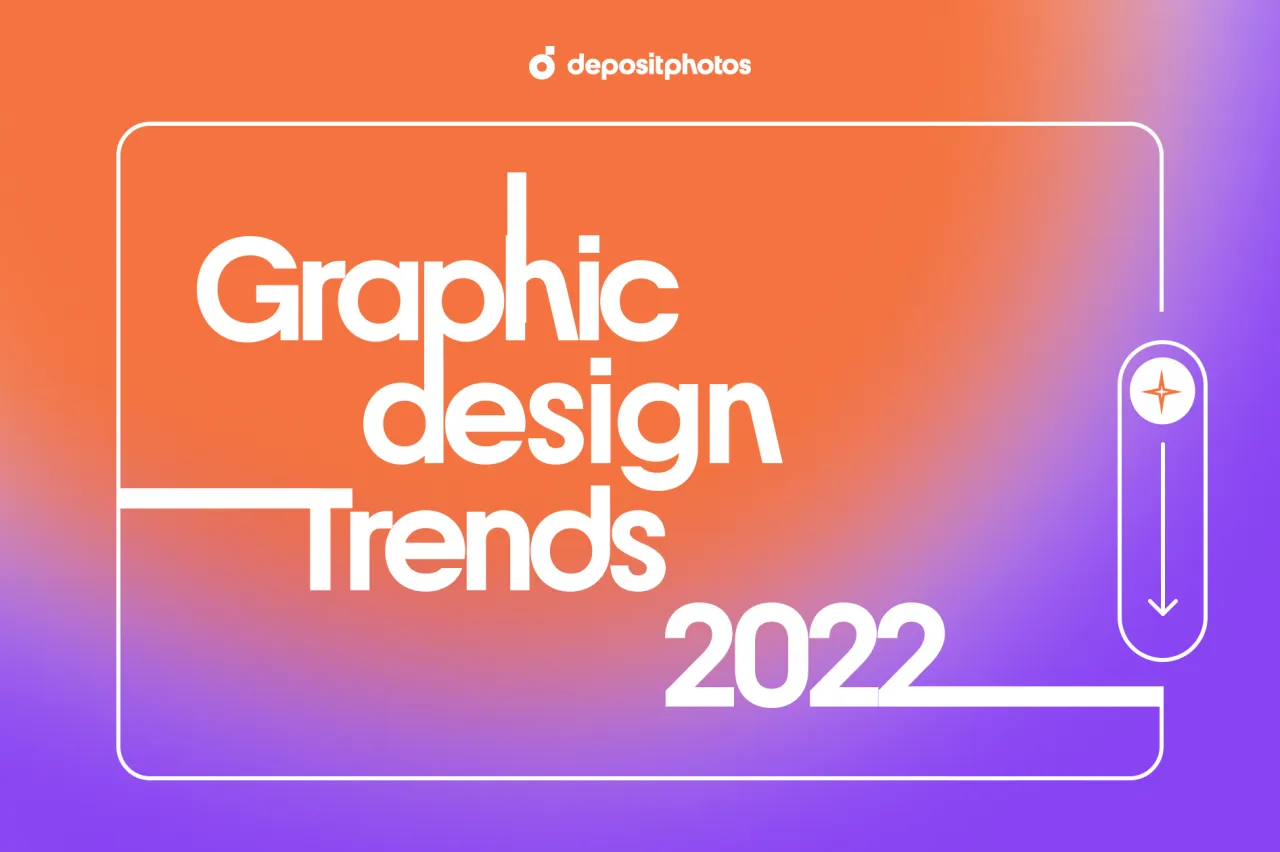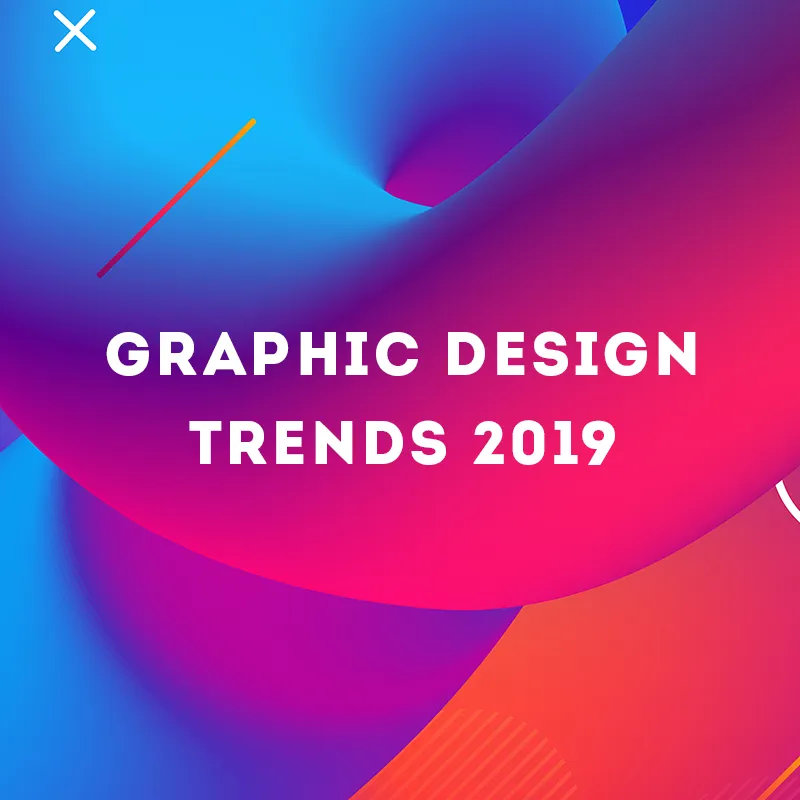From A to Z: A Guide to Font Selection and Pairing
Picture this: you’ve got a fantastic idea brewing in your mind, and you’re all set to bring it to life. It’s a sleek design or an impactful message, but there’s something missing: the perfect font. Typefaces, like colors, have the power to evoke emotions, setting the tone for your project. They’re like a secret language spoken only by the strokes and curves of letters. Choosing the right font for your project can be the key to success, while the wrong choice might leave your message unnoticed.
Let’s uncover the secrets behind selecting the perfect typeface! Get ready to transform your designs with the power of well-crafted typography.
Typeface classifications: the font family tree
The font family tree refers to the classification system that organizes typefaces into different groups based on their shared characteristics and design features. It helps designers and typographers understand the relationships between various fonts, making it easier to select and pair typefaces for different projects. Typefaces can be broadly classified into the following categories:
- Old style. Fonts like Garamond and Caslon have a moderate contrast between thick and thin strokes and are characterized by their angled serifs.
- Transitional. With sharper serifs and greater contrast, fonts like Baskerville and Tinos bridge the gap between old style and modern typefaces.
- Modern. These fonts have a high contrast between thick and thin strokes, displaying minimal or unbracketed serifs, such as Bodoni and Didot.
- Slab serif. Fonts like Rockwell and Clarendon feature heavy, block-like serifs and are often used for emphasis.
- Grotesque sans-serif. Early sans-serif fonts, such as Franklin Gothic and News Gothic, have minimal contrast and a somewhat crude appearance.
- Neo-grotesque sans-serif. Fonts like Helvetica and Arial are known for their simplicity, clean lines, and even stroke widths.
- Humanist sans-serif. With subtle variations in stroke width, fonts like Gill Sans and Frutiger are influenced by traditional serif typefaces.
- Geometric sans-serif. Fonts like Futura and Avenir are based on geometric shapes and have a modern, minimalistic appearance.

Embark on a journey into the fundamentals of typography in our comprehensive guide for understanding and mastering the art of letters.
5 Factors to consider when choosing a font
1. Audience and target market.
When selecting a font, always keep in mind the audience you’re trying to reach. Consider their age, interests, and preferences. A playful, casual font might be perfect for a children’s book, while a professional, clean font would be more suitable for a corporate report.
2. Project goals and objectives.
What’s the primary goal of your project? Is it to inform, entertain, or persuade? Align your font choice with your project’s purpose. For instance, an informative article may require a highly legible font, while an advertisement might benefit from a font with a unique personality.
3. Readability and legibility.
Readability refers to how well words and phrases can be read and understood, while legibility pertains to the ease of distinguishing individual characters. Choose a font that’s both readable and legible, especially for large blocks of text.
4. Tone of voice.
Consider the tone and voice of your content. Is it formal or informal? Lighthearted or serious? Your font choice should complement and reinforce the overall message you’re conveying. A mismatched font can create confusion or even undermine your message.
5. Compatibility with other design elements.
Your chosen font should work harmoniously with other elements, such as colors, images, and layout. It’s important to maintain visual consistency throughout your project so the font doesn’t clash or distract from the content.
Discover the hottest graphic design trends, including the most popular typefaces, in our annual report.
7 Key principles for successful font pairing
1. Contrast.
The cornerstone of successful font pairing is contrast. Aim to create a visual balance between fonts by combining those with distinct characteristics, such as serif and sans-serif, heavy and light, or decorative and minimalist.
2. Complementarity.
While contrast is vital, the fonts should also complement each other in terms of their mood, style, and visual appeal. Fonts that share common features, such as x-height or stroke width, can help you create a more harmonious look.
3. Hierarchy.
Establish a clear typographic hierarchy by assigning different fonts or font styles to headings, subheadings, and body text. This not only enhances readability but also guides the reader’s eye through your content.
4. Consistency.
Ensure consistency across your design by using the same font pairings for similar content types, such as headings and subheadings, captions and pull quotes, or body text and lists.
5. Limits.
To maintain a clean and cohesive design, limit your font choices to two or three typefaces. Too many fonts can create visual clutter and distract from the message you’re trying to convey.
6. Theme.
Ensure that your font choices share a common trait or theme to create a cohesive design. This can be achieved by selecting fonts from the same typeface family, fonts designed by the same typographer, or fonts that share similar design elements or historical periods.
7. Experiments.
Try different font combinations and test them at various sizes, devices, and contexts. This will help you determine which pairings work best for your project and ensure optimal legibility and visual appeal.
To wrap up
Typography is often considered the backbone of design, as it’s one of the most powerful forces in shaping visual communication. Mastering the art of typography helps you transform your projects into impactful and engaging experiences for your audience. Remember to experiment with different combinations and let your creativity shine, transforming your visual stories one character at a time.
Other articles you might find interesting
These Free Minimalistic Fonts Will Bring Sophistication to Your Designs
Crash Course on Graphic Design Basics
How to Make a Moodboard. Tips and Tricks for Designers








![Graphic Design Trends 2021 [Infographic]](https://depositphotos-blog.s3.eu-west-1.amazonaws.com/uploads/2021/02/Graphic-Design-Trends-2021-Infographic-1.webp)



